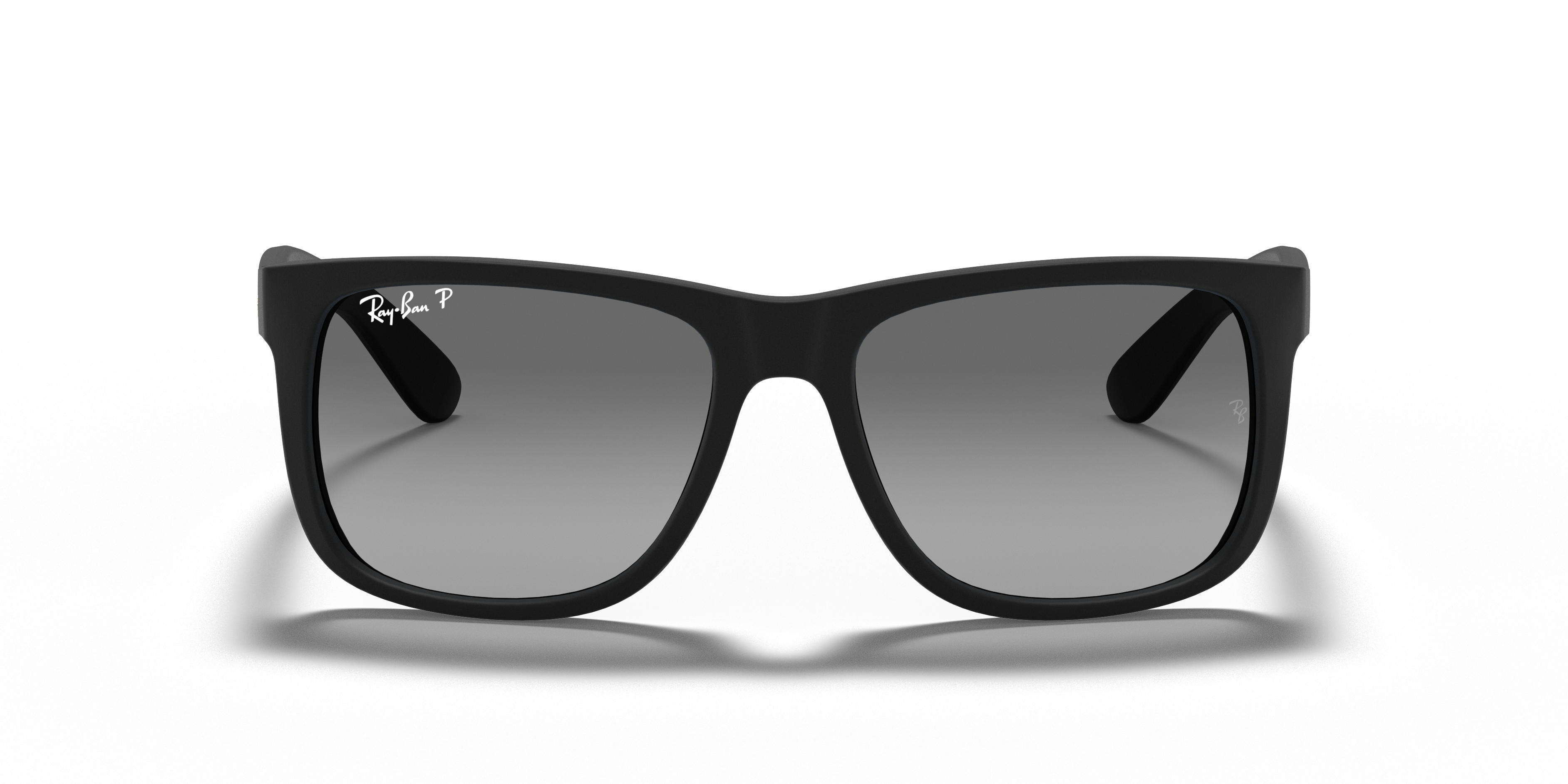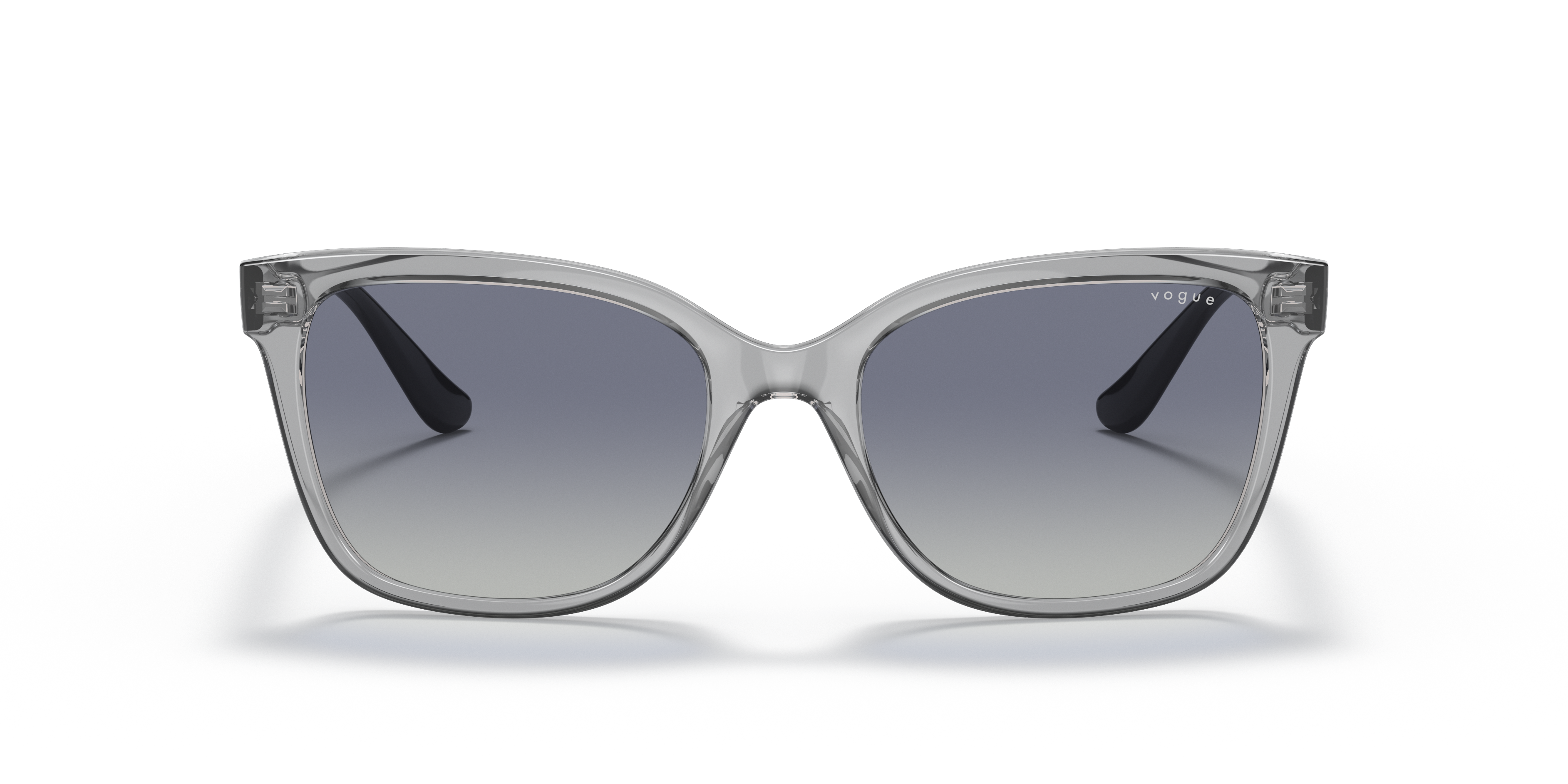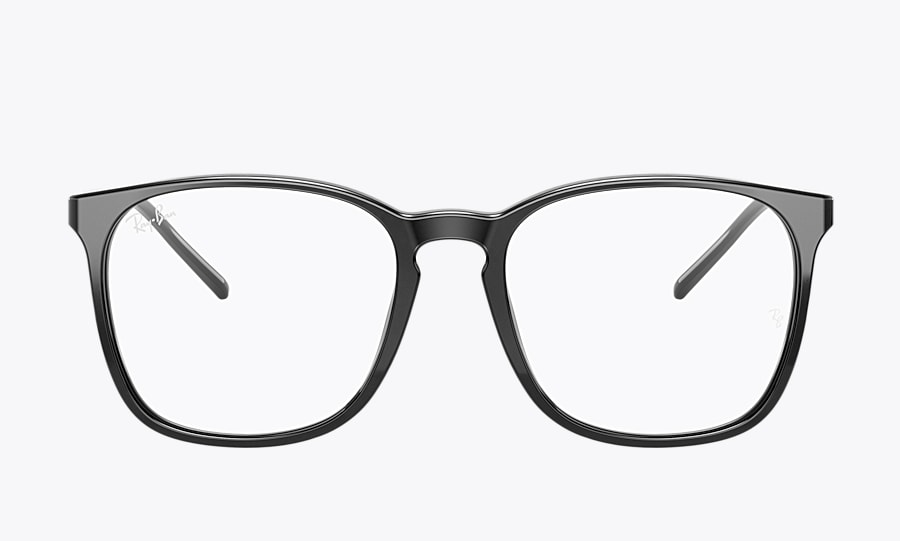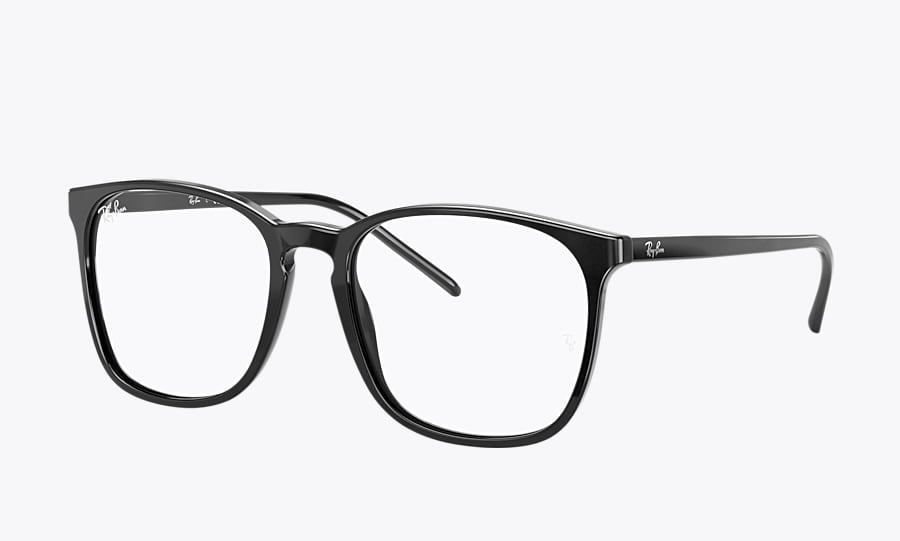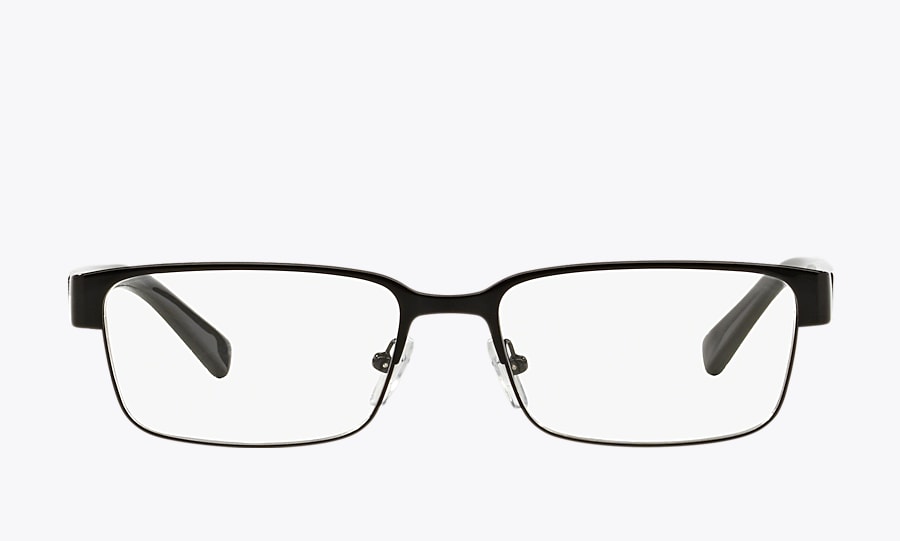
Gradient sunglasses are so much more than just a trend-setting accessory. The top of these glasses are substantially tinted, and they gradually taper down to a bottom that is nearly tintless. It certainly has a striking aesthetic, but is there a purpose to the design, and should you wear these sunglasses?
What are gradient lenses?
Sunglasses gradient lenses are two-tone sunglasses where the tint fades from top to bottom. This eyewear is a popular option for both men and women because of the design's appeal, which not only exudes coolness but also shields your eyes from harmful sunlight and other natural elements.
The tint of gradient lenses progressively fades from dark at the top to light or no tint at the bottom since they are two-toned. It serves two purposes: to clear your line of sight and reduce the severity of glare from above.
Wearing gradient glasses allows you to go outside and stay comfortable even when the sun is directly overhead while still participating in various activities. However, the UV glasses protection is lacking in this case, so you'll need to look for a pair with this extra function.
Gradient sunglasses protect your eyes from overhead sunlight while preserving your ability to see your surroundings (think car sun blinds on windshields). Wearing this kind of lens can be helpful in various scenarios, including activities like driving and hiking.
Some gradient tint sunglasses combine two or more different hues, as opposed to conventional tint, which has a single color over the entire lens. Another excellent choice is double gradient sunglasses, where the tint goes from top to bottom and bottom to top, leaving the middle the lightest.
Advantages of gradient sunglasses
Gradient glasses are the best eyewear to use when driving since they protect from solar glare. Additionally, they don't entirely block the light, allowing you to see the dashboard gauges and the view out of the windshield without having to squint. Plus, you can see clearly when using these glasses inside or in shady settings.
Also, these lenses are great when hiking and doing outdoor sports activities to help you see the surrounding environment by enhancing color and contrast so you can see more detail. They also provide your eyes with the best protection against sun rays, dust, and other elements that might impair your vision.
Because the lenses aren't overly heavily tinted, they are perfect in social settings as you can still maintain proper eye contact when speaking to people outside.
Although there isn't a clear health advantage to wearing these sunglasses, there are still advantages to gradient lenses, such as how they can give your fashion sense more personality. This pair complements a variety of frame designs, including aviator sunglasses, round, square, and more, and offers a subtle appearance with a sophisticated aesthetic.
You may also like
In-trend gradient sunglasses models
Gradient lenses create a distinctive sunglasses look without seeming distant. Here is our selection of must-have gradient sunglasses for this season.
Ray Ban Erika Classic Gradient Sunglasses
Ray-Ban Erika sunglasses set your look apart from the crowd. The oversized Round Sunglass shape provides extra coverage and 100% UV protection, while the soft bridge adds a twist to this design. Personalize your style with green gradient, grey gradient, or brown gradient lenses in your prescription.
Coach Cat-eye Gradient Sunglasses
This updated on-trend cat-eye shape in modern tortoise acetate features a dark brown gradient lens available in prescription and non-prescription lenses. The metal logo plaque on the temple wraps to the front in the iconic shape of a Coach hangtag point.
Ralph by Ralph Lauren Aviators
RALPH gives the traditional Ralph Lauren look a modern, youthful twist with its updated aviator design and elegant horn acetate temple featuring brown gradient lenses available in prescription and non-prescription lenses.


















